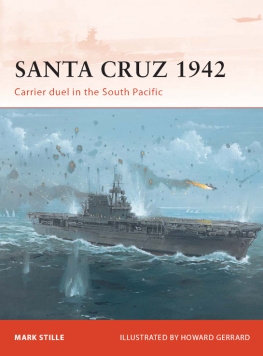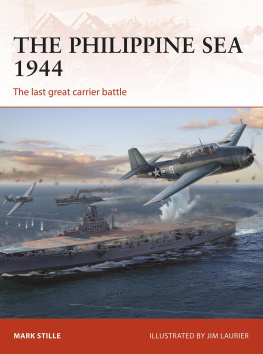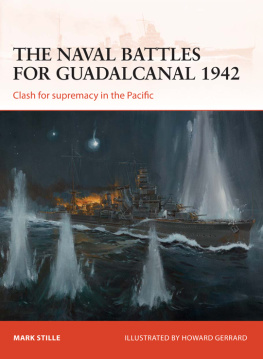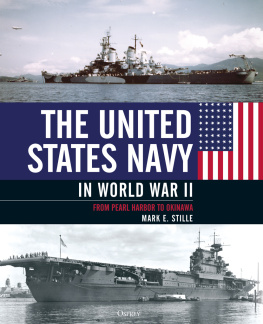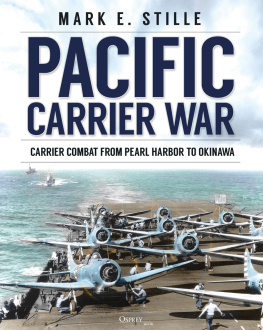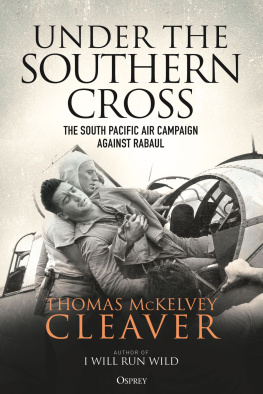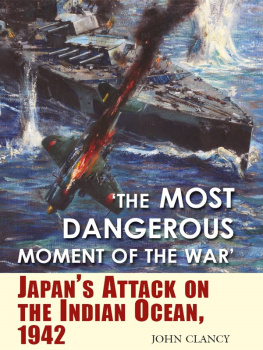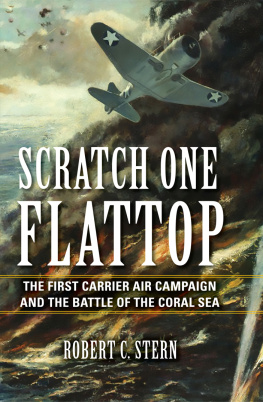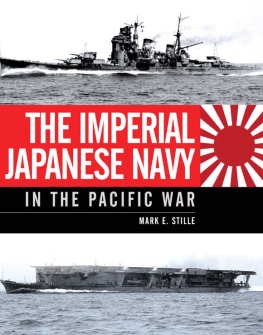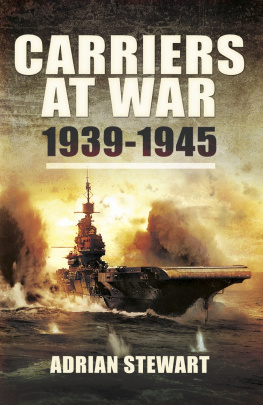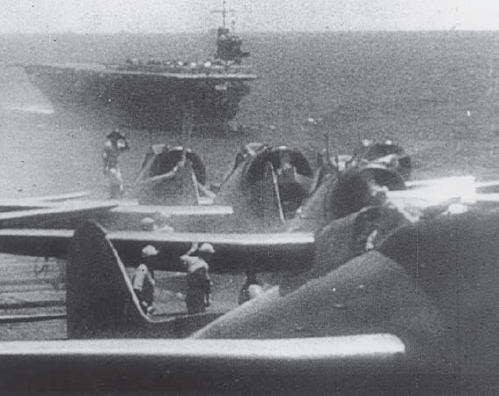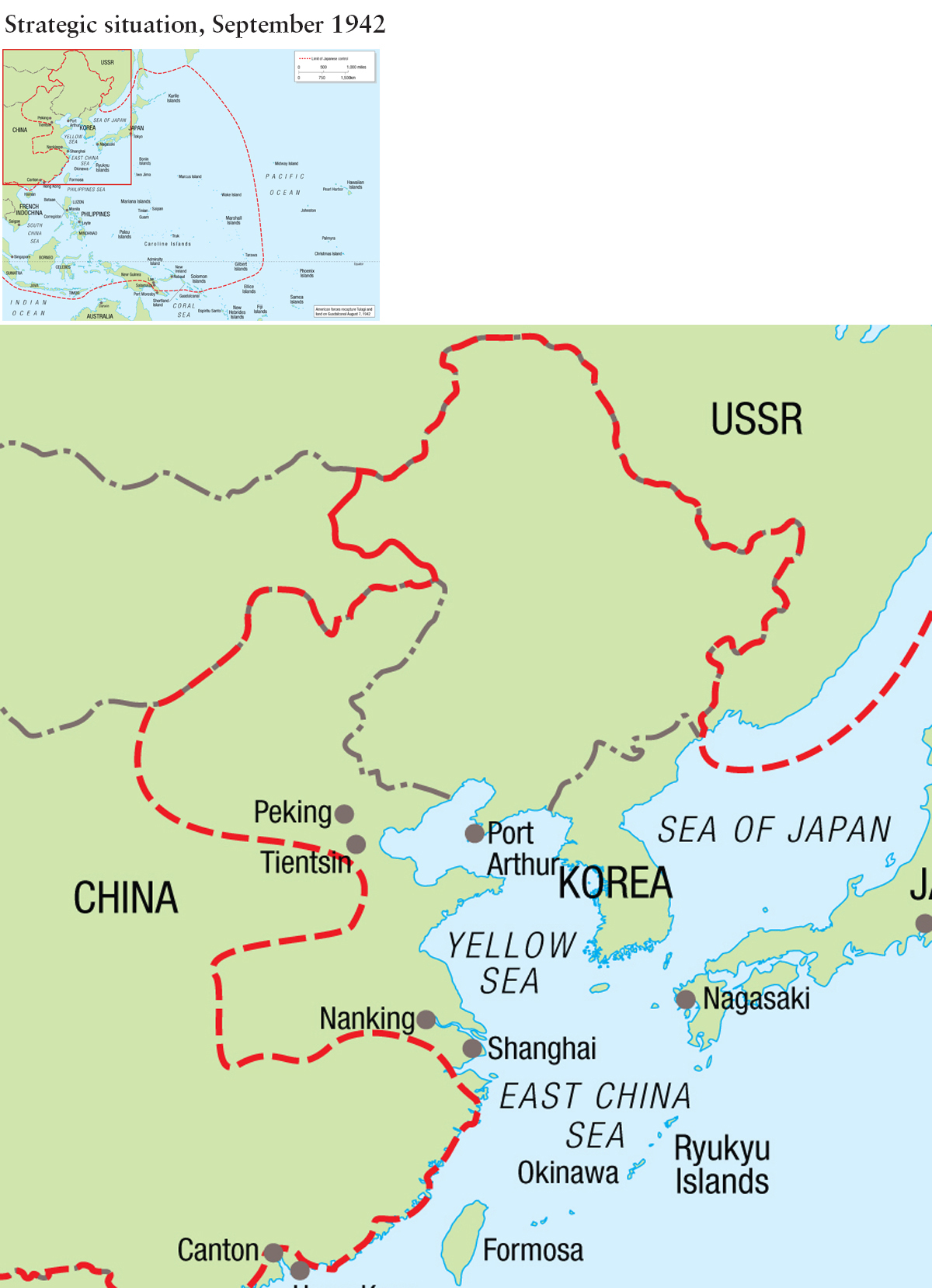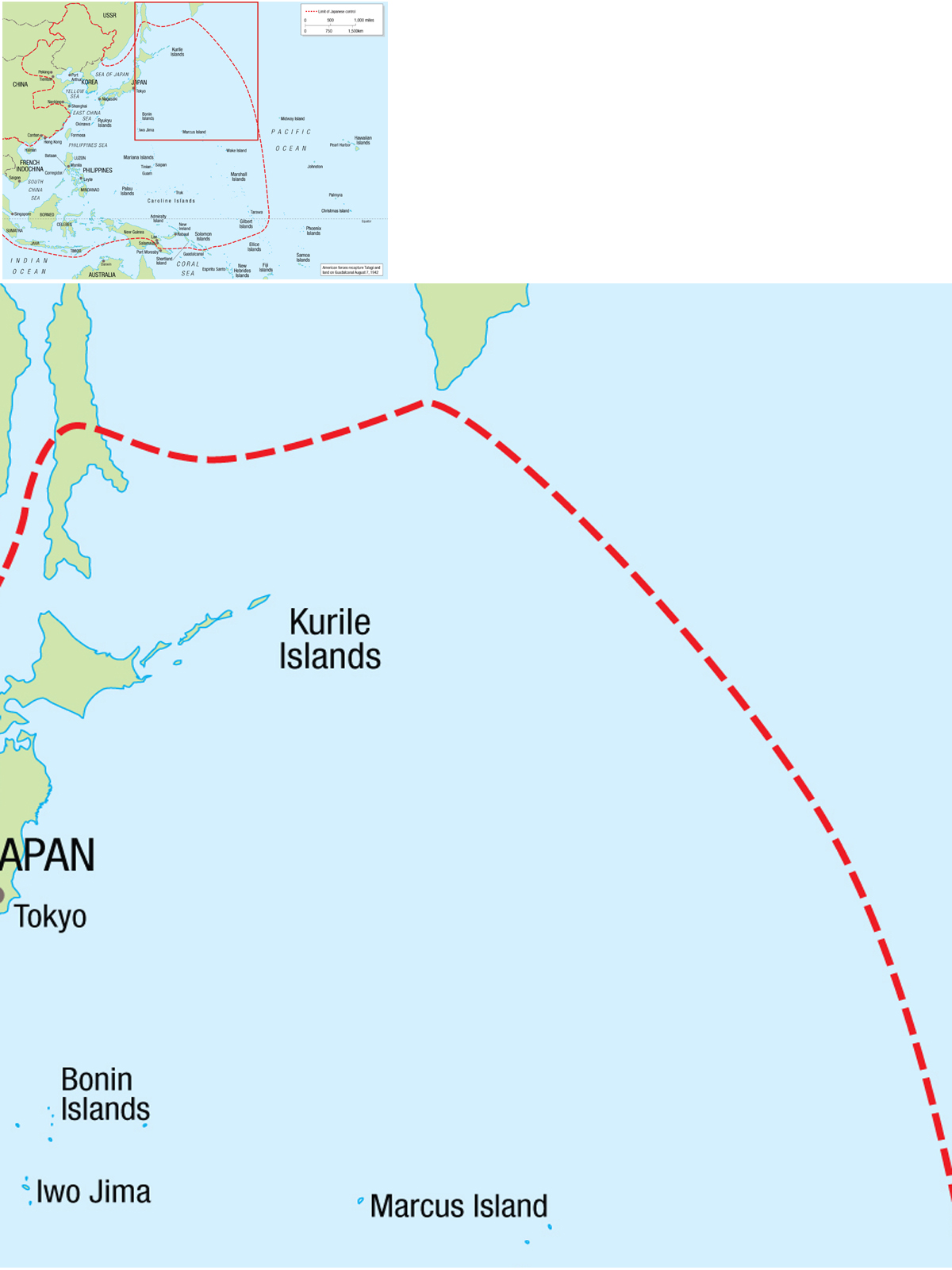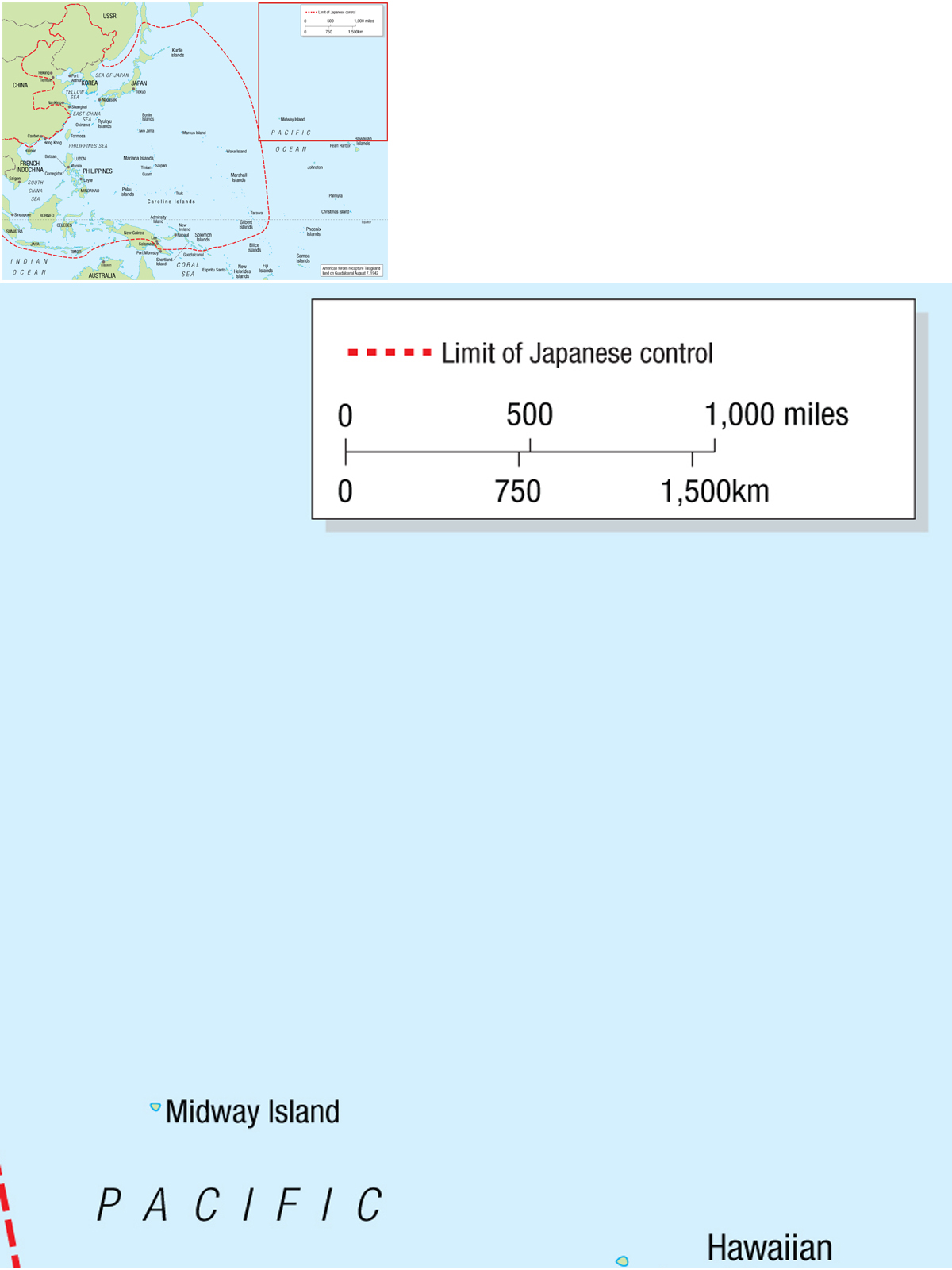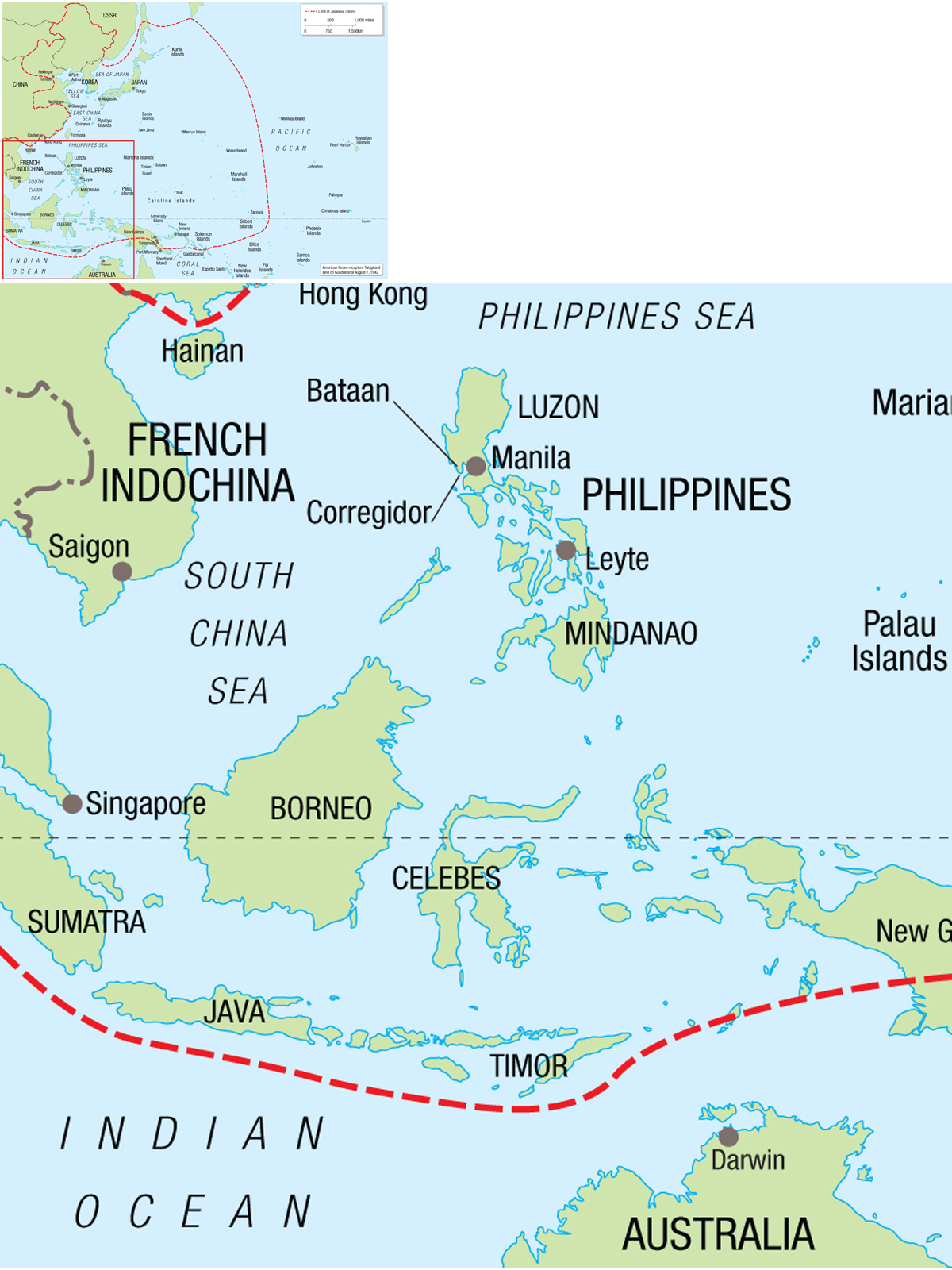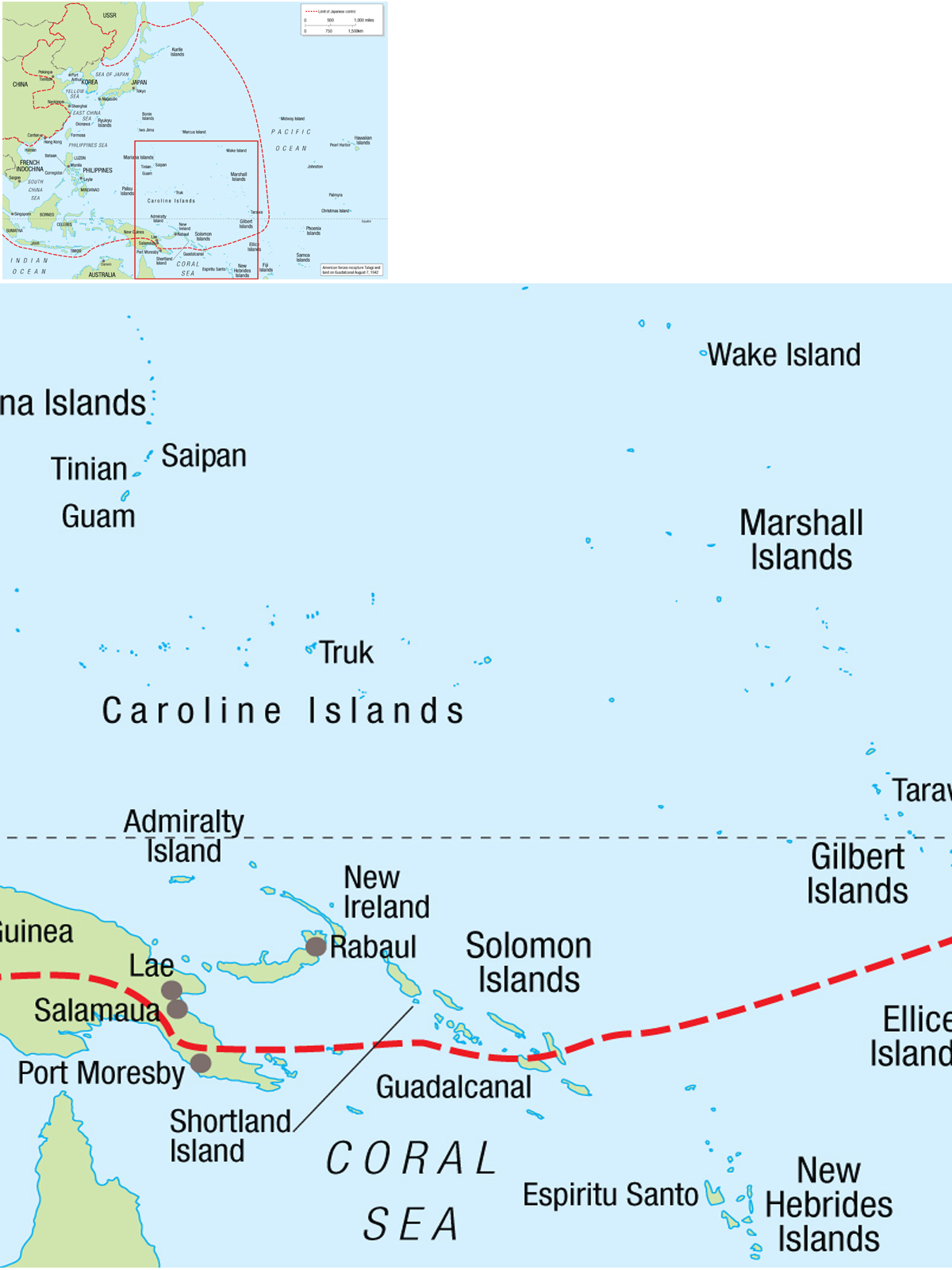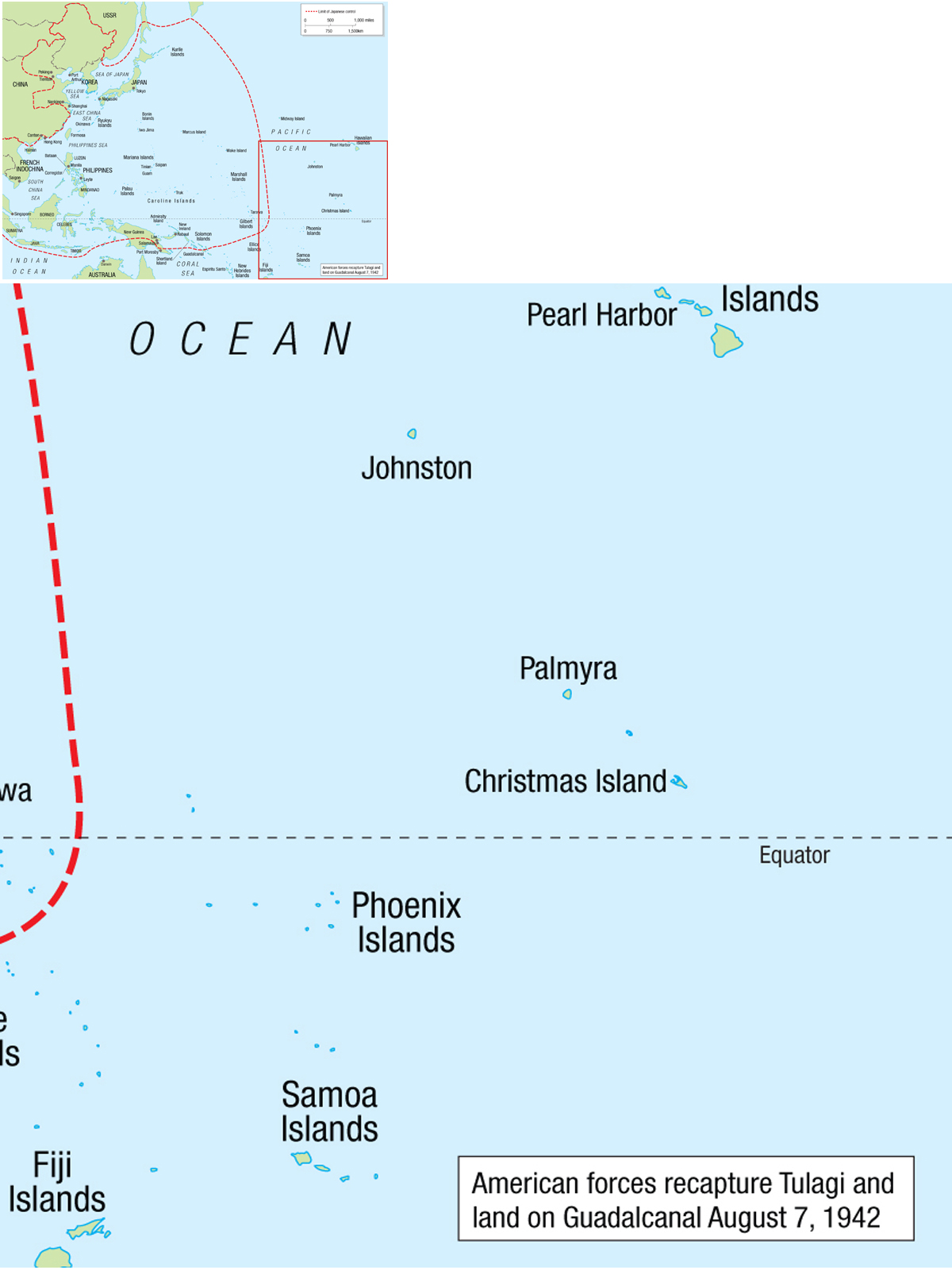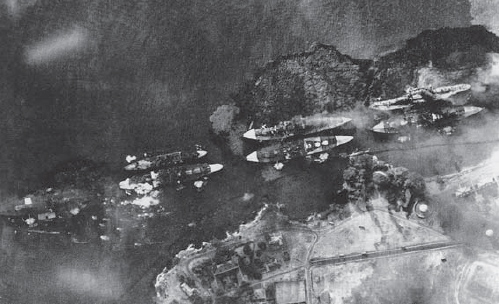CAMPAIGN 247
SANTA CRUZ 1942
Carrier duel in the South Pacific
| MARK STILLE | ILLUSTRATED BY HOWARD GERRARD |
| Series editor Marcus Cowper |
CONTENTS
INTRODUCTION
The United States Navy and the Imperial Japanese Navy (IJN) fought five carrier battles during the course of the Pacific War. Three of these are well known the first clash ever between carriers in the Coral Sea in May 1942, the dramatic and supposedly decisive battle of Midway in the following month, and the largest ever carrier battle between a total of 24 carriers fought in June 1944 in the Philippine Sea. The two other carrier battles are not as well known since they were part of the larger Guadalcanal campaign and were not as dramatic or decisive. This was certainly the case for the battle of the Eastern Solomons in which five carriers (three Japanese and two American) fought to a draw in August 1942. However, two months later, in one of the most important battles of the Guadalcanal campaign, two American carriers took on four Japanese carriers in a battle to decide command of the seas around Guadalcanal. This was the battle of Santa Cruz, the third-largest carrier battle of the war. It was also a Japanese victory, but a victory gained at great cost and one that the Japanese were unable to follow up. Nevertheless, it is noteworthy that, four months after Midway when the Japanese carrier force was supposedly smashed, it was able to defeat its American adversary.
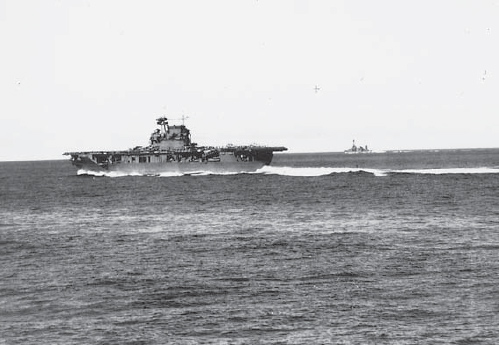
Enterprise at the battle of Midway where her aircraft sank two Japanese carriers and shared in the destruction of a third. She would also play a pivotal role in the Guadalcanal campaign. (Naval History and Heritage Command)
This Japanese photo shows six battleships of the Pacific Fleet under attack on December 7, 1941. Four of the ships shown here would eventually be sunk. Among other things, the Pearl Harbor attack placed carriers at the forefront of naval power. (Naval History and Heritage Command)
Neither the Americans nor Japanese foresaw that the Pacific War would be a war decided by air power. Neither foresaw that the principal naval unit would be the aircraft carrier. Carriers were seen as important, but still as supporting units to the battle lines. Both sides thought that the course of a future war would be decided by a clash of battle lines somewhere in the Central Pacific. This illusion was shattered on the opening day of the war. The commander of the Japanese Combined Fleet, Admiral Yamamoto Isoroku, decided that Japans naval strategy of waiting for an American advance into the Central Pacific was too passive. He wanted to strike a blow at the opening of the war which would not only shatter American naval power in the Pacific, but also American morale. Having done this, Japan would be in a much better position to keep its wartime conquests through a negotiated peace.
Though he had difficulty getting his risky plan approved by his superiors, Yamamotos vision of an initial powerful blow was realized in December 1941. The target of his opening attack was the principal American naval base in the Pacific at Pearl Harbor. The attack was successful beyond even Yamamotos dreams and resulted in five American battleships destroyed or sunk in exchange for only minor Japanese losses. The agent of this destruction was the Japanese carrier force known as the Kido Butai (literally Mobile Force, but better rendered as Striking Force). The Japanese were the first to assemble multiple carriers into a single operational entity. The six carriers of the Kido Butai with its large numbers of modern aircraft and well-trained aircrew proved to be an irresistible force during the opening phase of the war. The Kido Butai ranged from Hawaii into the Indian Ocean laying waste to Allied defenses and supporting initial Japanese conquests which proceeded largely ahead of schedule and at remarkably low cost.
Japanese expansion in the Pacific was conducted under a joint plan agreed to by the IJN and Imperial Japanese Army (IJA). This plan called for two operational phases. In the First Operational Phase, the Philippines, Malaya, the Dutch East Indies, Burma, and Rabaul would be occupied. As the Japanese moved to achieve their First Operational Phase objectives, Allied naval forces mounted ineffective resistance. The first large naval action of the war was fought in late February 1942 at the battle of the Java Sea. In this action, an Allied cruiser-destroyer force was defeated by a Japanese force of similar composition and size demonstrating the superiority of the IJNs light forces. Meanwhile, the Kido Butai provided cover for the invasion of Rabaul in January, the invasion of the Dutch East Indies in February, and then conducted a large raid into the Indian Ocean from March 26 to April 18.
After the successful seizure of the First Operational Phase objectives, the Japanese began to debate where to strike next. The Second Operational Phase was planned to expand Japans strategic depth. Accordingly, eastern New Guinea, the Aleutians, Midway, the Fijis, Samoa, and strategic points in the Australian area were targeted. At this point, Yamamoto and the Navy General Staff began to have different priorities. The Navy General Staff, nominally the body responsible for the formulation of Japanese naval strategy, advocated for the seizure of key islands in the South Pacific to cut the sea lines of communications between the United States and Australia. Yamamoto preferred to give the priority to an advance into the Central Pacific. This, he believed, would have the added benefit of forcing the remaining units of the Pacific Fleet to give battle. In this decisive battle, Yamamoto was sure the superior numbers and experience of the Combined Fleet would ensure a Japanese victory.
During the first week of April, Yamamoto got his way, but only through compromise with the Navy General Staff. This compromise led to the Japanese attempting to conduct an advance into both the South and Central Pacific in the span of two months. In the first phase in May, an operation would be conducted in the South Pacific with the goal of seizing Port Moresby on New Guinea as the foundation for further expansion south. This would be supported by the Combined Fleet with the dispatch of one of the Kido Butais three carrier divisions into the South Pacific. After this operation, key units would return to the Central Pacific for a powerful operation against the American-held atoll of Midway in the Central Pacific only 1,300 miles from Hawaii and against selected points in the Aleutian Islands chain.

